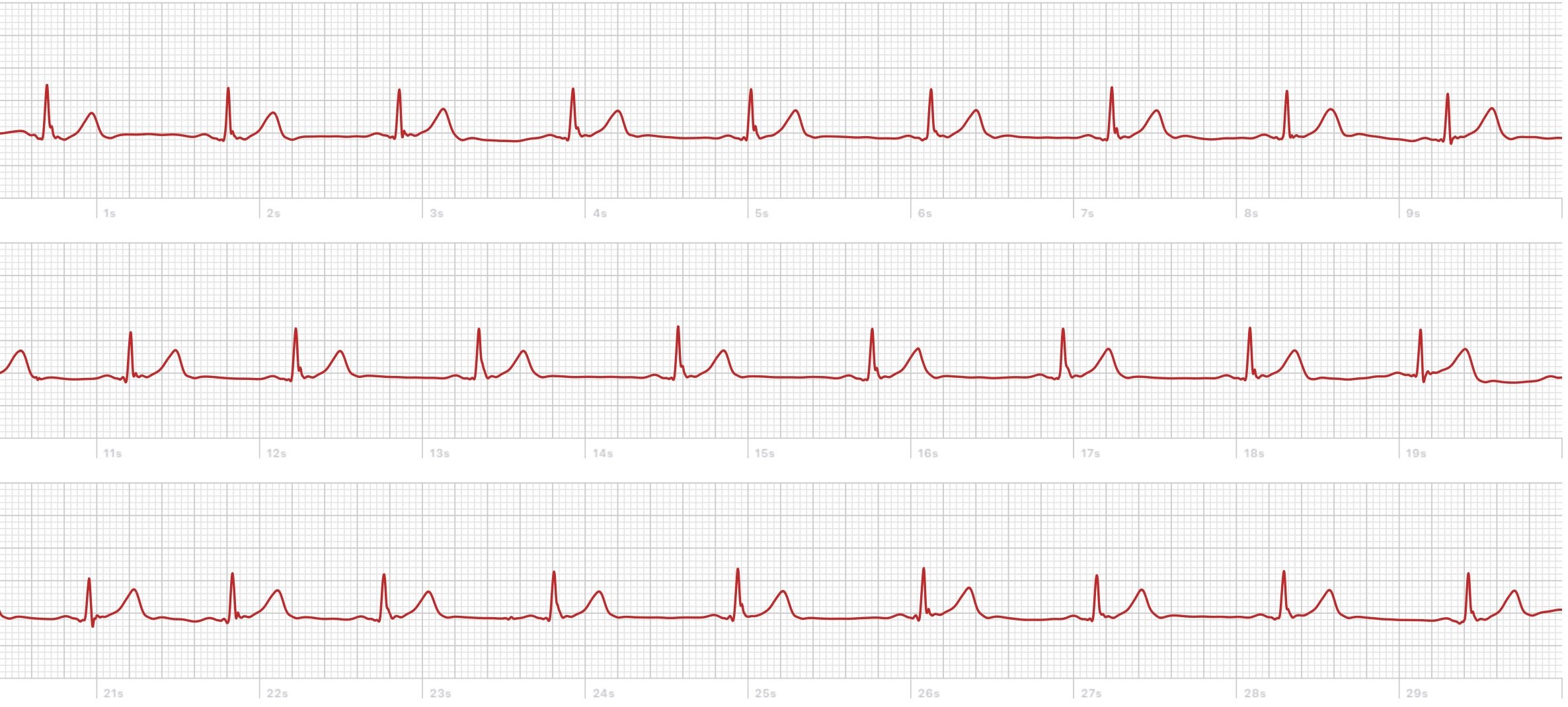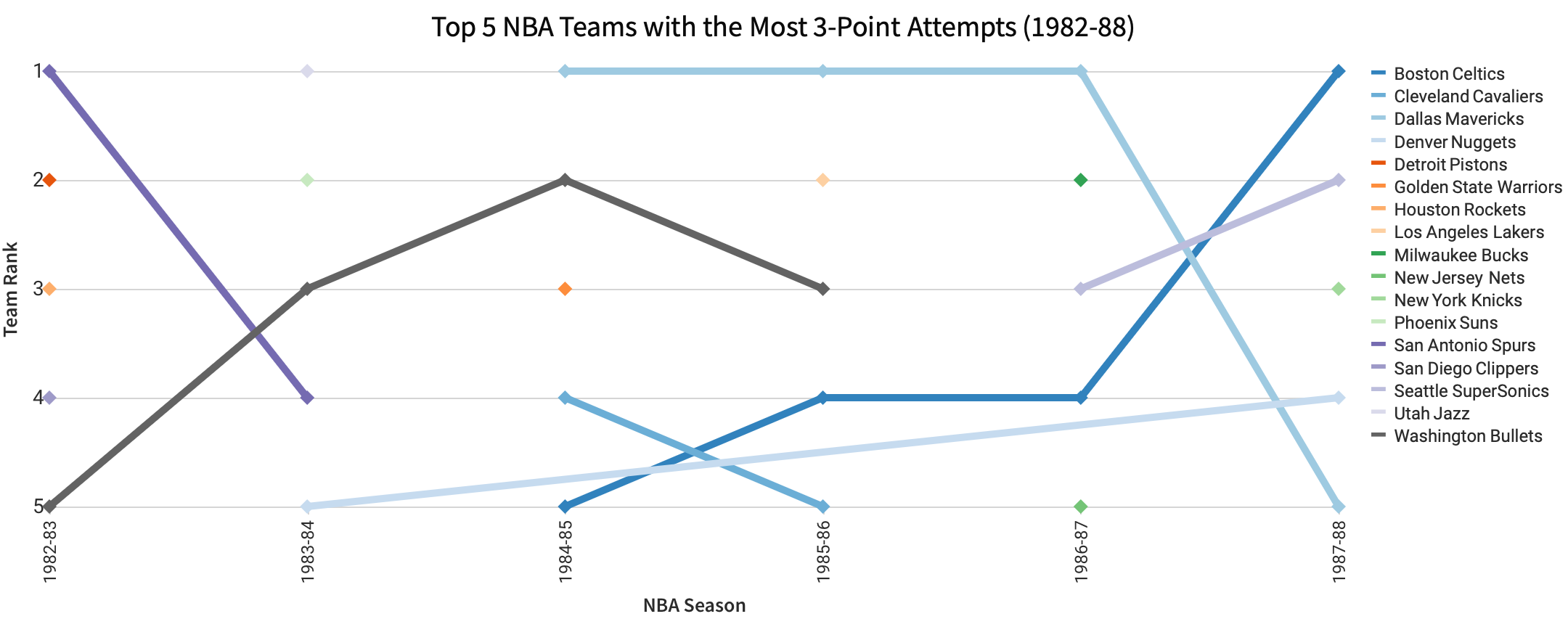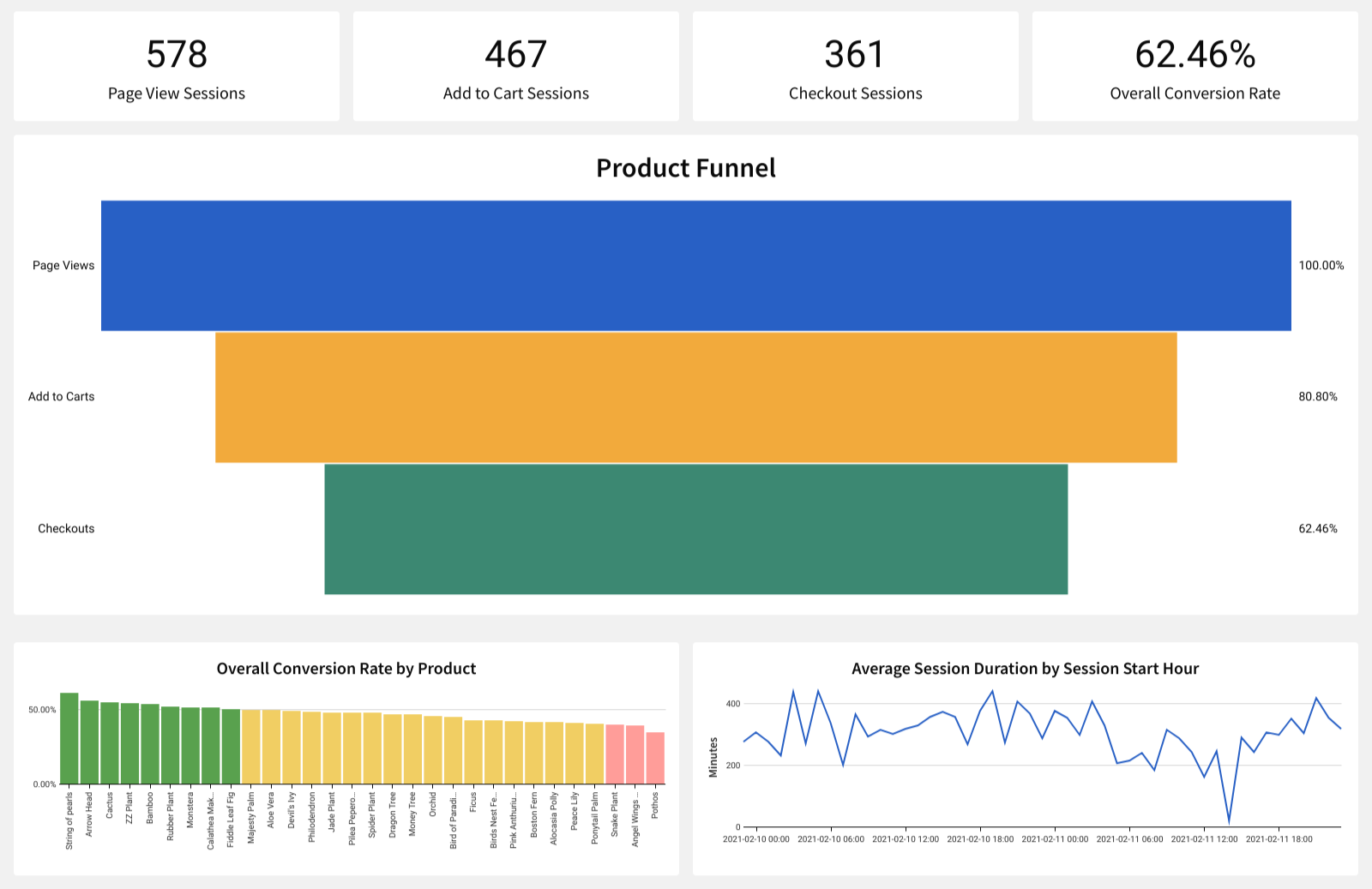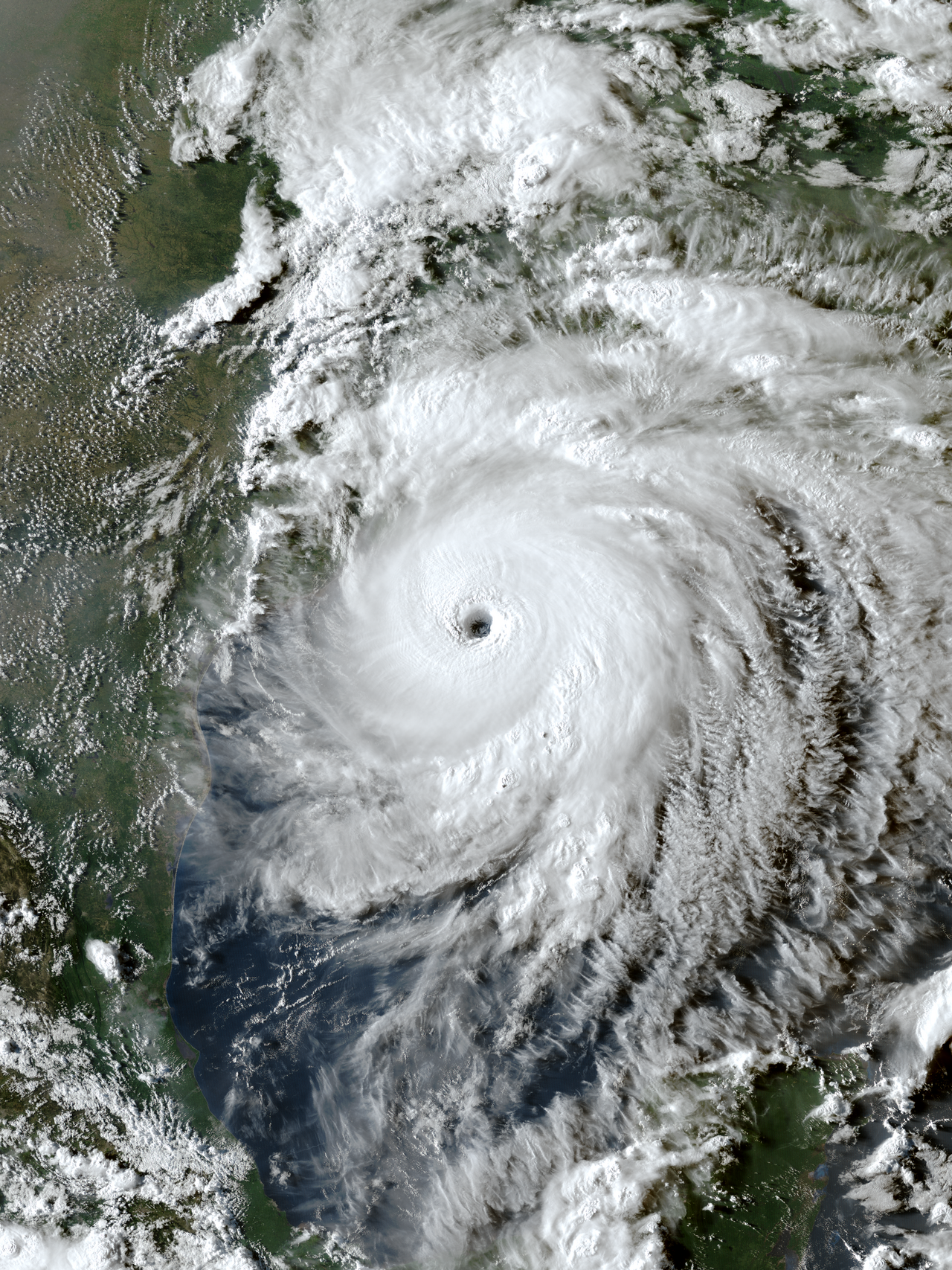Projects
Interviews
About
Hey! I'm an analytics engineer with proven experience designing, building, and promoting data products from start to finish using modern data stack tools including dbt, Snowflake, and Sigma to transform raw data into actionable insights. I have expertise in setting up data pipelines, creating dbt projects from scratch by building model layers with robust documentation and testing, and producing data visualizations as well as written content with compelling, data-driven storytelling.
I’m also an avid distance runner and have run more than halfway around the world (12451+ miles). However, I actually developed a rare neurological condition called achalasia during my sophomore year at NYU that upended my health and brought my running to a halt for several years so I’m particularly passionate about opportunities to use my background in both athletics and data engineering to optimize nutrition, performance, and recovery!
I graduated from NYU with a degree in music and hosted a radio show on WNYU where I interviewed incredible songwriters including Dermot Kennedy, Oh Wonder, Foy Vance, and Ryan McMullan!












